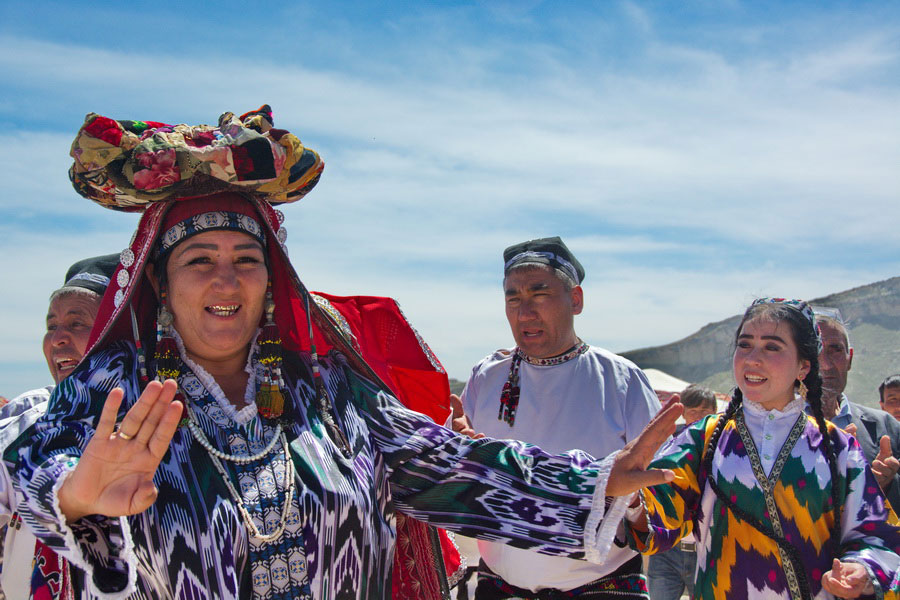Uzbekistan Culture

Uzbekistan Culture: Ancient Heritage
Uzbekistan culture is very colorful and distinctive. It has been formed over millenniums and has taken in traditions and customs of various nations settled on the territory of today Uzbekistan.
The main contribution to the development was made by ancient Iranians, nomad Turkic tribes, Arabs, Chinese, Russians. Traditions of multinational Uzbekistan reflected in the music, dances, fine art, applied arts, language, cuisine and clothing. Population of the republic, especially rural population revere traditions deeply rooted in the history of the country.
The Great Silk Road played a great role in the development of Uzbekistan culture. Being the trade route, it ran from China to two destinations: first one was to Ferghana Valley and Kazakh steppes and second route led to Bactria, and then to Parthia, India and Middle East up to Mediterranean Sea. The Silk Road favored to exchange not only goods, but also technologies, languages, ideas, religions. Thereby the Great Silk Road led to the spread of Buddhism on the territory of Central Asia, where you still may find traces of Buddhist culture: Adjina-tepe in Tadjikistan, Buddhist temple in Kuva, Ferghana valley, Fayaz-Tepa near Termez in Uzbekistan and etc.
Music and musical instruments traveled together with vagrant musicians following caravans, and secrets of paper manufacture, iron coining and embossing also moved from country to country.
In 1991 Uzbekistan obtained its independence that promoted the rapid development of handicrafts and traditional applied art, rebirth of Uzbek traditions and customs, development of Uzbekistan traditional culture
